Scientists at Stanford University invented the first fast-charging, longer-lasting, and cheaper high-performance aluminum batteries. Researchers say this latest technology provides a safer alternative to many commercial batteries that are now commonly used.
“We have developed a rechargeable aluminum battery that can replace existing storage devices, such as alkaline batteries that are harmful to the environment, or lithium-ion batteries that are at risk of fire,†said Hongjie Dai, professor of chemistry at Stanford University. Said. "The latest battery we developed won't catch fire, even if you drill through the battery."
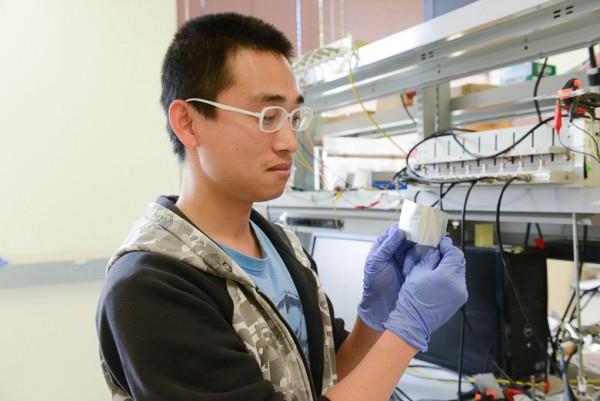

The innovative aluminum-ion battery research by Dai and his colleagues was published in the April 6 issue of Nature. Aluminium has low cost, low flammability, and high charge storage capability, and therefore has been an attractive material for batteries. In the past few decades, researchers have been working hard to develop commercially viable aluminum-ion batteries, but they have always failed. One of the key challenges is to find materials that can generate enough voltage after repeated charging and discharging.
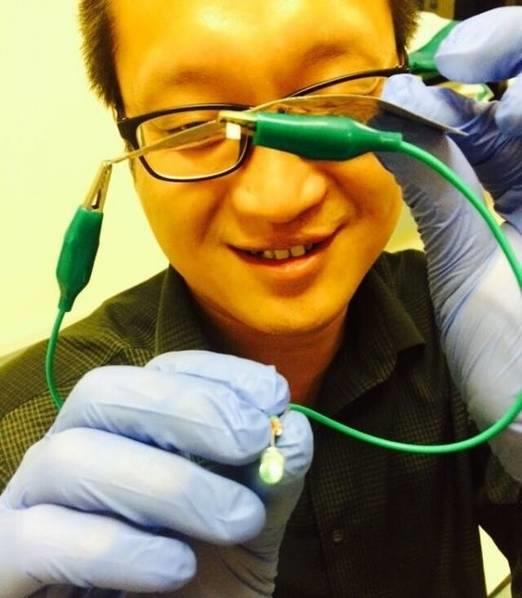
The aluminum ion battery contains two electrodes: a negatively charged anode made of aluminum and a positively charged graphite cathode.
"People tried different materials as cathodes," Dai said. "We have unexpectedly found that the simple solution to this problem is the use of graphite. Graphite is essentially carbon. In our study, we discovered that some types of graphite materials can produce very good properties."
The Stanford team installed experimental anodes with aluminum anodes and graphite cathodes, while filling a flexible polymer-wrapped pocket with an ionic liquid electrolyte. "This electrolyte is actually liquid salt at room temperature, so it is very safe."
The study co-author, Cheng Gong graduate student Gong Gong (Ming Gong) said. Aluminum batteries are safer than traditional lithium-ion batteries, which are widely used in millions of laptops and phones, Dai added. "Lithium-ion batteries may be a fire disaster."

For example, Dai mentioned that the United States and Delta Air Lines recently decided not to transport large quantities of lithium batteries to passenger aircraft. "In our study, the video shows that after you penetrate the aluminum battery pocket, it can continue to work for a while and will not catch fire," Dai said. "In contrast, lithium batteries are likely to catch fire in unpredictable ways - in the air, in the car or in your pocket.
In addition to safety issues, we have also made major breakthroughs in the performance of aluminum batteries. One example is ultra-fast charging. Smartphone users all know that a lithium-ion battery needs several hours to charge, but the Stanford team says that "using (their) aluminum battery model, the battery charging time is drastically reduced to one minute."
Durability is another important factor. Al-batteries developed by other laboratories ended up after 100 charge-discharge cycles. However, the battery developed by the Stanford Group still ensures that the battery performance does not drop or be lost after 7500 charge-discharge cycles. "This is the first time that we have developed ultrafast aluminum ion batteries that have remained stable after thousands of cycles."
The research author writes like this. In contrast, a typical lithium-ion battery can only maintain 1000 charge-discharge cycles. "Another feature of aluminum batteries is flexibility," said Gong. "You can bend or fold it, so it has the potential to be applied to flexible electronic devices. In addition, aluminum is still a cheaper metal than lithium."

In addition to small electronic devices, aluminum batteries can also be used to store renewable energy in the power grid. "The grid requires batteries with long cycle life to quickly store and release energy," Dai explained.
“Our latest unpublished data shows that aluminum batteries can be recharged tens of thousands of times. It is hard to imagine building a huge lithium-ion battery for grid storage.†Aluminum ion technology can also provide more environmentally friendly disposable alkaline batteries. replacement product. “Some millions of consumers use 1.5-volt AA and AAA batteries. Our rechargeable aluminum batteries produce 2 volts. This is higher than any aluminum battery can produce.†But Dai said more improvements are needed. To match the voltage of the lithium-ion battery.
"Our batteries can only reach half the voltage of a typical lithium battery, but improving the cathode material should eventually increase the voltage and energy density. In this case, the battery we create will meet all the characteristics of the battery you envision: inexpensive electrodes, safety , high-speed charging, flexibility and long life. I have already seen the prototype of this new type of battery, which is really exciting."
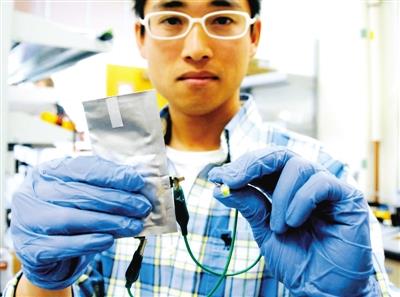
Other researchers in the study include Meng-Chang Lin, a visiting scientist from the Taiwan Industrial Technology Research Institute; Bingan Lu, a Hunan University; and Yingpeng Wu, a postdoctoral fellow.
Other authors include Di-Yan Wang, Mingyun Guan, Michael Angell, Changxin Chen, and Jiang Yang of Stanford University; and Huang Bingqiao from National Taiwan Normal University (Bing-Joe Hwang).
The study was supported by the U.S. Department of Energy, the Taiwan Institute of Industrial Technology, the Stanford University Global Climate and Energy Project, the Stanford Precote Energy Institute, and the Taiwan Ministry of Education.
Waterproofing tapes
The XUNDA-T 500 Waterproofing tapes series is cold applied tape for both metallic pipelines and waterproofing works against outdoor bad weathers .
The PP Bitumen Tape shall be applied after the Liquid adhesive by hand or with a wrapping machine.
Structures
The specification of the tape consists of three layers,
Adhesive layer: Butyl rubber Bituminous Compound
Backing : PP woven fabric cloth
Interleaf:Adhesive Film Treated with Silicone
Features
_ Cold applied
_ Excellent self adhesion to pipe
_ Flexibility provides extra protection at vulnerable areas
_ Excellent conformability and consistent uniform thickness
_ Easily applied with no special equipment
_ Compatible with common pipe coatings
_ Excellent resistance to cathodic disbonding
Physical Properties:Tensile strength and so on , please send email to us
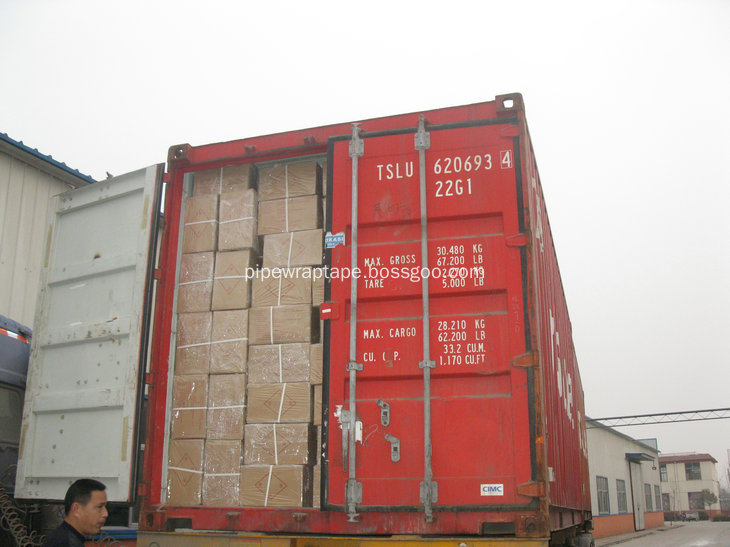
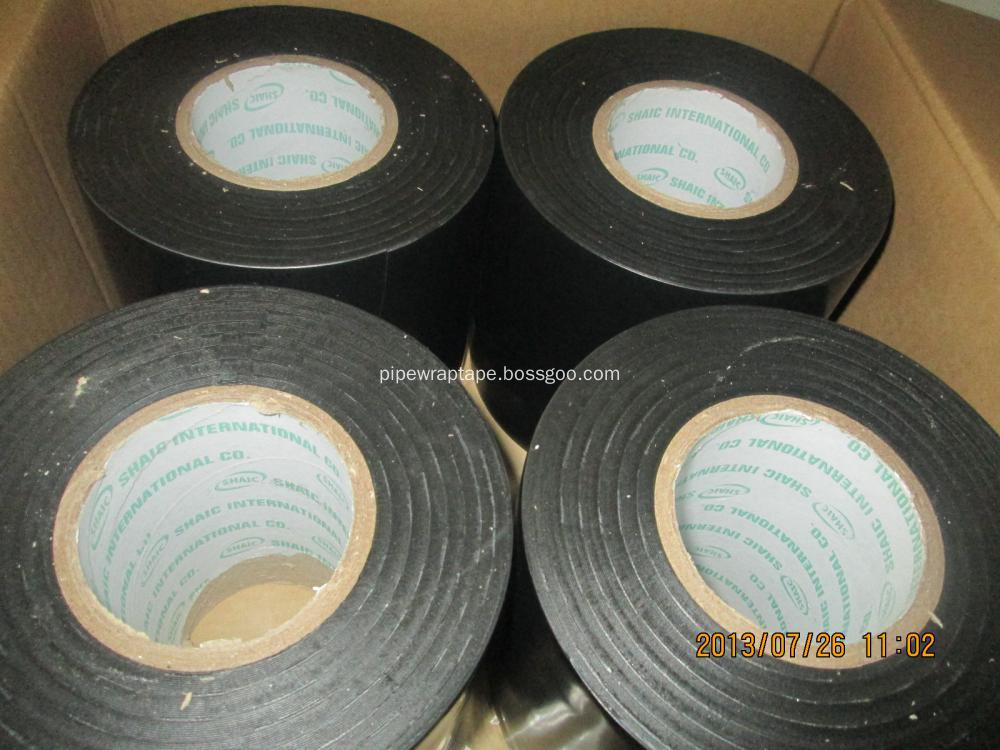
Clear Waterproof Tape, Waterproof Adhesive Tape, Double Sided Waterproof Tape, Water Proof Tape
Jining Xunda Pipe Coating Materials Co.,Ltd , http://www.pipe-wrap.com